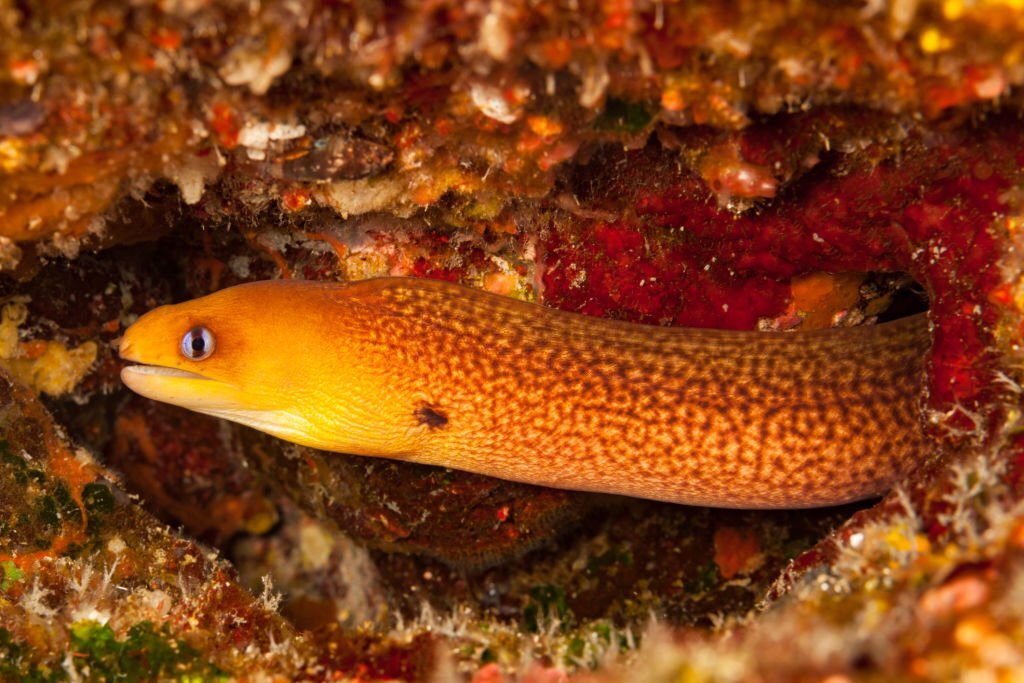Scientists are still trying to understand the reproductive process of eels. The majority of scientists believe that they reproduce by laying eggs. However, there is evidence that suggests they may also procreate through sexual reproduction. It is still a mystery as to how they do it. The eel’s reproductive system is one of the most complex and mysterious in the animal kingdom.
What are eels and how do they reproduce?
Eels are a type of fish that typically have a slim body and elongated head. They have smooth skin that is covered in scales. Eels live in freshwater environments and are able to breathe under water. Eels reproduce by laying eggs which they attach to rocks or other objects in the water. The eggs hatch after about two weeks and the eels larvae swim around until they reach adulthood, about four months later.
Reproduction in eels: How do they get pregnant and give birth?
Eels are a type of fish and as such, they reproduce by laying eggs. Unlike other fish, eels do not give birth to live young; their eggs are fertilized by the sperm of another eel and then incubated in water. Once the eggs hatch, the fry (baby eels) move into aquatic environments where they feed and grow. Eels can live up to 20 years and some populations can reach up to 2 meters in length!
What are the different stages of eel reproduction?
Eels are a type of fish that reproduce through a process called viviparity. Viviparity is when the embryos develop inside the mother’s body, rather than outside of it. Some eels will undergo a process called metamorphosis in order to transition from larval form into an adult eel. The metamorphosis can take place in freshwater or salt water, and usually includes a dramatic change in appearance. Eels that undergo metamorphosis will often lose their scales, grow new ones, and gain additional flesh along their spinal cord. They will also develop eyes and teeth during this process. Once they reach adulthood, eels will often mate and lay eggs in fresh water or salt water.
The role of sex in eel reproduction: How do they determine the sex of their young?

The reproductive behavior of eels is a bit of a mystery. The males use their sex organs to release sperm into the water, where they fertilize the eggs of other eels. Presumably, this process ensures that the offspring will be genetically compatible with their parents. After fertilization, the developing embryos swim away from the parental eels and eventually settle down in an area where they will grow into new eels.
It has been suggested that the male’s sex organs are specifically adapted for this purpose. The larger organ appears to be used more for sperm storage than for mating; when it is inflated, it can hold up to 400 million sperm cells. Additionally, males may release more sperm during periods of sexual excitement or when they are competing with other males for mates.
How do eels feed during reproduction?
Eels feed on plankton, small fish and other aquatic creatures. Reproducing eels migrate to a different part of the river to spawn. After fertilization, the eggs are released into the water where they will develop into eels.
The impact of environmental factors on eel reproduction: What can affect their reproductive success?
Environmental factors can affect eel reproduction in a number of ways. Temperature, water quality, and availability of food can all have an impact on the success of eel reproduction. Poor environmental conditions can reduce the size and number of eels available to breed, while also causing reproductive problems for individuals.
Eels are cold-blooded animals, so their body temperature is tightly regulated. When the water temperature rises above their normal range, they can suffer from heatstroke and die. This is especially true during hot summers when water temperatures rise rapidly. Low water temperatures can also cause extensive ice formations on rivers and streams which block access to food sources and prevent adult eels from moving around to find new spawning grounds.
The environment also plays a role in how often eels reproduce.
Final Words
In conclusion, How do eels reproduce through a process known as binary fission. During binary fission, the eel’s body divides in two, creating a new eel. This process is often used to survive in harsh environments where there is little food or water. It is important to note that binary fission is not always successful and can result in the death of the eel. However, by understanding how eels reproduce, we can better conserve these species and ensure their survival into the future.






